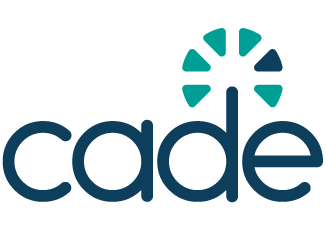Digital inclusion
Why digital inclusion matters
Digital inclusion ensures that everyone, regardless of socioeconomic status, location, gender, disability, or age, can access and benefit from the digital revolution. It is not merely about providing access to technology but also equipping people with the skills, resources, and opportunities needed to thrive in a digital society. For civil society, digital inclusion is a foundation for tackling broader inequities and achieving sustainable development goals (SDGs).
The concept of digital inclusion includes three critical dimensions:
- Connectivity: Affordable and reliable access to the internet and digital tools.
- Skills and literacy: Empowering individuals with the knowledge to use digital technologies effectively and safely.
- Accessible and inclusive design: Ensuring that digital platforms cater to diverse needs, particularly those of persons with disabilities and marginalised groups.
In an increasingly digitised world, lack of digital inclusion perpetuates existing inequalities, leaving vulnerable populations further behind. For example, women in rural areas, persons with disabilities, and low-income families are often disproportionately excluded from digital opportunities.
Key challenges in achieving digital inclusion
Infrastructure gaps
Millions of people, especially in the Global South and rural areas, lack basic internet connectivity. Even where infrastructure exists, speed and reliability are often poor. Initiatives to close this gap require substantial investments in broadband infrastructure, particularly in underserved regions.
Affordability barriers
Internet and device costs remain prohibitive for many, particularly in developing nations. Policies aimed at reducing costs, such as subsidies and community networks, are essential but insufficient without sustained advocacy and implementation.
Digital literacy deficits
A lack of digital skills prevents millions from using online tools to improve their lives. Gender disparities further compound this issue, as women are often denied the education or autonomy to participate fully in the digital sphere. Children’s online safety is a critical area for education is children’s online safety that includes both parents and children, and advocacy for policies that protect but do not exclude.
Inaccessibility
Technologies often fail to meet the needs of persons with disabilities due to poor adherence to accessibility standards. Language and cultural factors also create barriers for indigenous and non-dominant communities.
Geopolitical disparities
The digital divide exacerbates inequality between nations. Countries in the Global South struggle to access the resources, technologies, and partnerships needed to close the gap. If this is not consciously addressed, the pace of innovation will continue to widen this gap.
The policy dimensions of digital inclusion
Human rights and social equity
Digital inclusion is increasingly recognised as critical to realising other human rights, such as education, employment, and freedom of expression. Inclusive policies ensure that marginalised communities gain equal opportunities in a digital society.
Economic development
Digital inclusion drives innovation, entrepreneurship, and economic growth. Bridging the digital divide is indispensable to unlocking economic opportunities for individuals and communities.
Sustainability
Inclusive digital policies support sustainable development by enabling underserved populations to access information on climate change, health, and education.
Forums where digital inclusion is addressed
The SDGs, particularly Goal 9 (Industry, Innovation, and Infrastructure) and Goal 10 (Reduced Inequalities), recognise digital inclusion as a critical driver of global equity.
The International Telecommunication Union (ITU) leads global efforts to close the digital divide through programmes like Connect 2030, which focuses on universal access, digital literacy, and accessible technologies.
Regional initiatives like those initiated by the African Union implement digital inclusion strategies, including the deployment of broadband networks and capacity-building initiatives for digital literacy.
The UN Internet Governance Forum (IGF) The IGF is a global multistakeholder platform that facilitates the discussion of public policy issues pertaining to the internet. One particular strength, especially for CSOs is the CS representation on the IGF’s multistakeholder advisory board (MAG) and the possibility to both input and effectively engage in designing yearly themes and session content.


